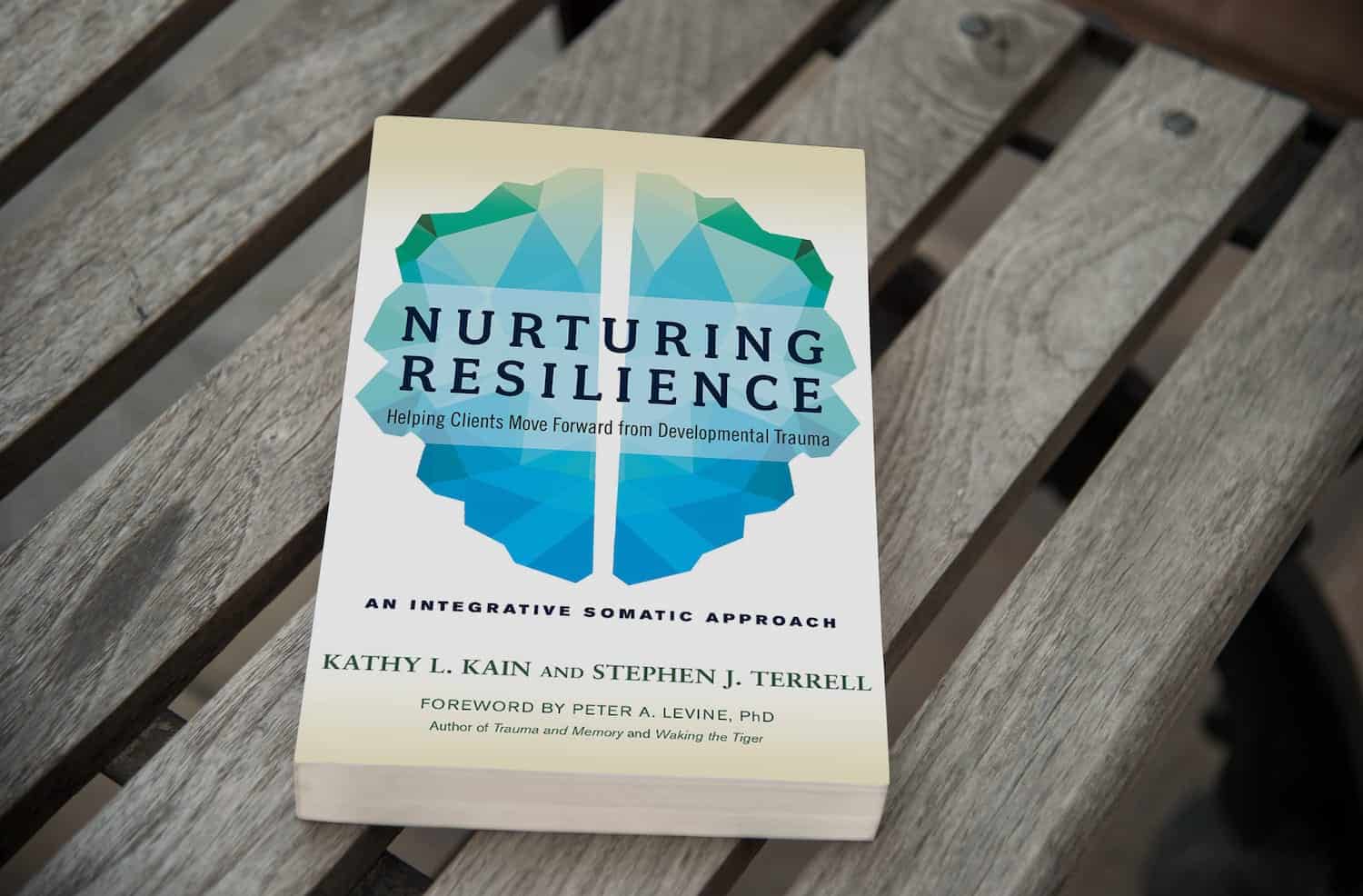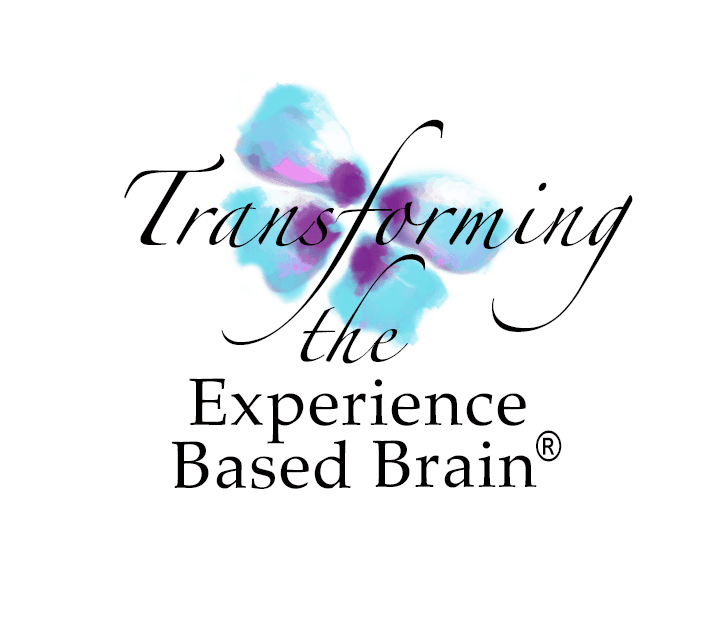
Kathy L. Kain and Stephen J. Terrell draw on fifty years of their combined clinical and teaching experience to provide this clear road map for understanding the complexities of early trauma and its related symptoms. Experts in the physiology of trauma, the authors present an introduction to their innovative somatic approach that has evolved to help thousands improve their lives. Synthesizing across disciplines--Attachment, Polyvagal, Neuroscience, Child Development Theory, Trauma, and Somatics--this book provides a new lens through which to understand safety and regulation. It includes the survey used in the groundbreaking ACE Study, which discovered a clear connection between early childhood trauma and chronic health problems. For therapists working with both adults and children and anyone dealing with symptoms that typically arise from early childhood trauma--anxiety, behavioral issues, depression, metabolic disorders, migraine, sleep problems, and more--this book offers fresh hope.
NEAREST NAMELESS
So damn familiar
Most of the time,
I don’t even know you are here.
My life,
My portion of eternity.
A little shiver,
As if the chill of the grave
Is already
Catching up with me –
No matter.
Descartes smelled
Witches burning
While he sat thinking
Of a truth so obvious
We keep failing to see it.
I never knew it either
Till today.
When I hear a bird shriek:
The cat is coming,
And I felt myself tremble.
Simic, C. (2003) The Voice at 3:00 AM (p.157)
Simic’s poetry evokes the unbearable nature of preverbal and developmental trauma: echoes of chaos in the lived felt sense. Like all great authors Simic wrote about what he knew best: At age 3 he was hurled from his bed by an exploding German bomb, and then subjected to the vagaries of war trauma. This Poet Laureate envisions poetry as a visceral time machine, a portal to early experience that eludes narrative and linearity.
Like Simic, I yearn to capture essential truths without becoming trapped in any particular frame of reference. Throughout forty years of clinical practice I have wandered through dark nights of the soul with many mentors: In person with Moore, Bollas, Bromberg, Chefetz, Ogden, Eigen, Kohut, van der Kolk, Schore, Siegel, Hedges, Fosha and Kernberg....Self study with Bolby, Winnicot, Main, Searles, Grotstein, Kristeva, Tustin, Mitrani, Ogden and Levine, and many more. I sought to integrate the wisdom of disparate clinical voices across child and adult psychoanalysis, interpersonal neurobiology, child development, traumatology, systems of group psychotherapy, and affective neuroscience. The teachings of these masters shone with brilliance, illuminating aspects of the black hole that I had not noticed before.
Yet I was troubled by the politics of psychotherapy and the seemingly inevitable dogmatization that dogged the footsteps of each new breakthrough. Each is well grounded in partial truths, mirroring the parable of the blind men who struggle to conceptualize the essence of an elephant via touch. Like the blind men with the elephant, every powerful clinician articulates profound truths about the fractured and shattered souls who appear in our office. The differences amongst these clinical geniuses melt away when understood through the lens of somatic experience and dissociative processes.
If we are honest with ourselves and not corrupted by complacence, no matter how well read we are we still using up formidable amounts of intellectual and emotional energy trying to comprehend and cope with unbearable experience. In the face of the impossible (my riff on Lacan’s The Real) we are led kicking and screaming into the architecture of our own private abyss. It is not possible to emerge unscathed and unshaken by such experience unless we either dissociate away from our patients (by falling back on our favorite explanatory theory or feeling sorry for them); or by the clinical gymnastics and pyrotechnics of trying too hard to ‘help’ them. Door number ONE more often than not leads to rupture in the therapeutic alliance or stagnant psychotherapy; door number TWO always ends up in a disastrous mess.
In my opinion Steve and Kathy specialize in the holistic treatment of elephants from stem to stern. They have worked as a team towards the development of an integrative treatment philosophy that combines heart and the best of known science. They support both top down and bottom up mentoring: they learn from every workshop participant just as much as they teach. Neither is tied up in creating more dogma or presenting a unified field theory of developmental trauma. Their unique practice domains approach the spectrum of dysregulation from its earliest inception (Steve: NICU babies, birth complications, attachment and adoption trauma) all the way to the other end of the spectrum (Kathy: the somatic complications of ACE trauma, autoimmune disorders and premature aging). The music underneath their lyrics hums with resilience and optimism.
It has been my privilege to grow along side them, watching them evolve, challenge each other, disagree and then dive back into the maelstrom to learn some more. Participating in their workshops moves me as much as training with Kohut, Bromberg, van der Kolk , Chefetz, Ogden and Eigen did when I was a younger professional. It is such a treat to be excited by possibility and wonder all over again. I can’t wait to read and re-read Nurturing Resilience: I expect it will feel like discovering Winnicott, Searles and Bowlby all over again: only this time they are in dialogue with each other!
Kathleen Adams Ph.D. November 1, 2017
Brandy talks to Stephen Terrell about his book Nurturing Resilience

How Can We Help?
Check out our counseling services and learn how we can help.
